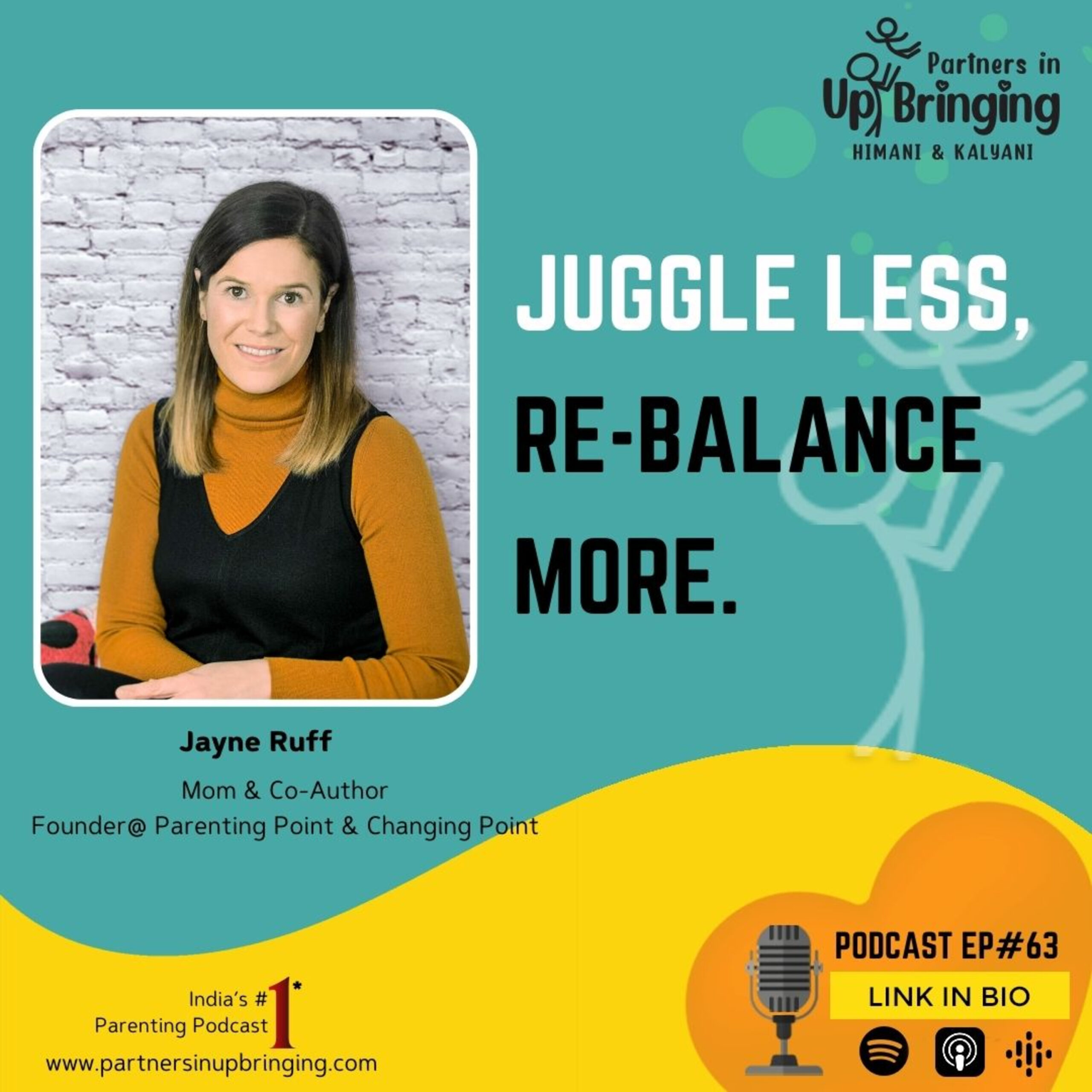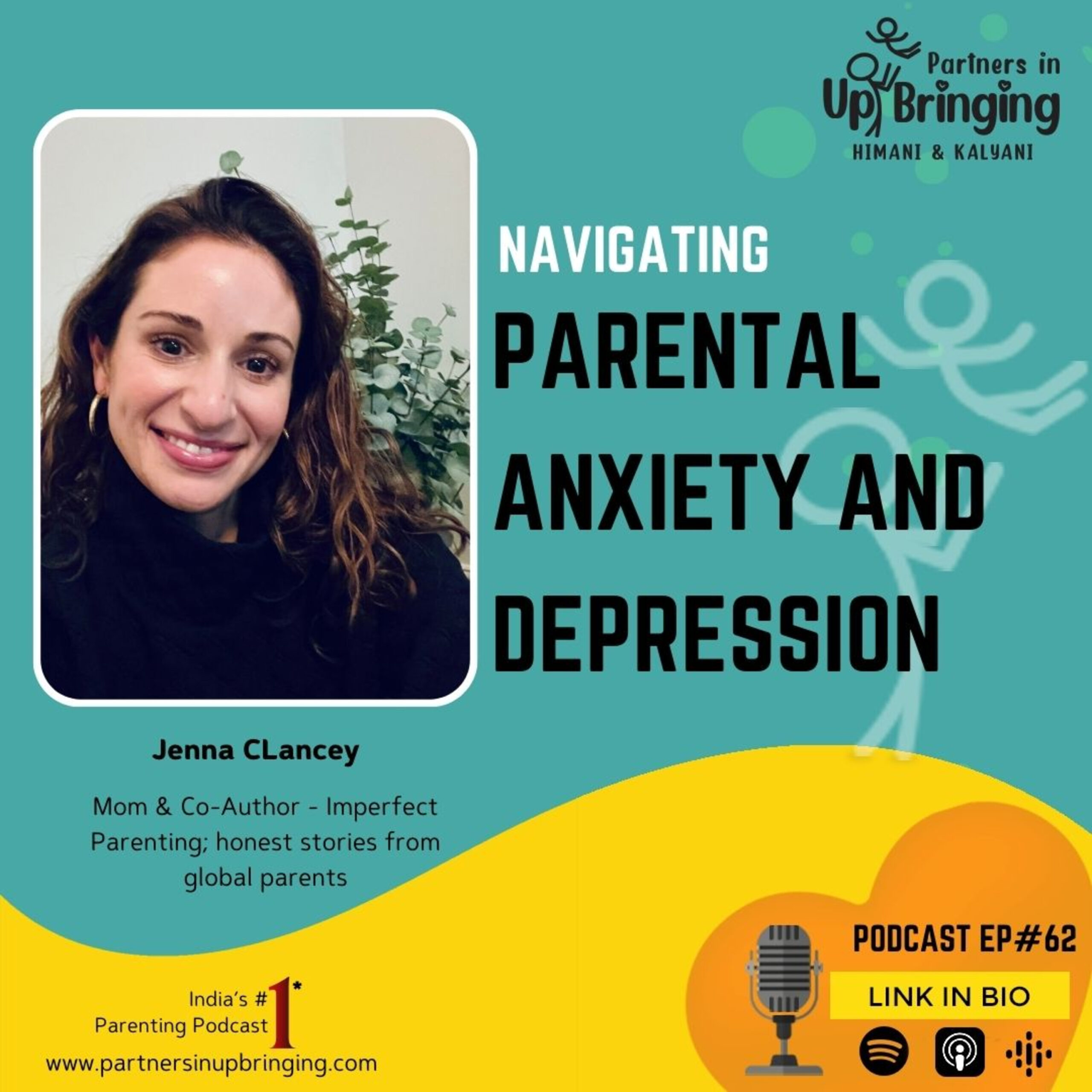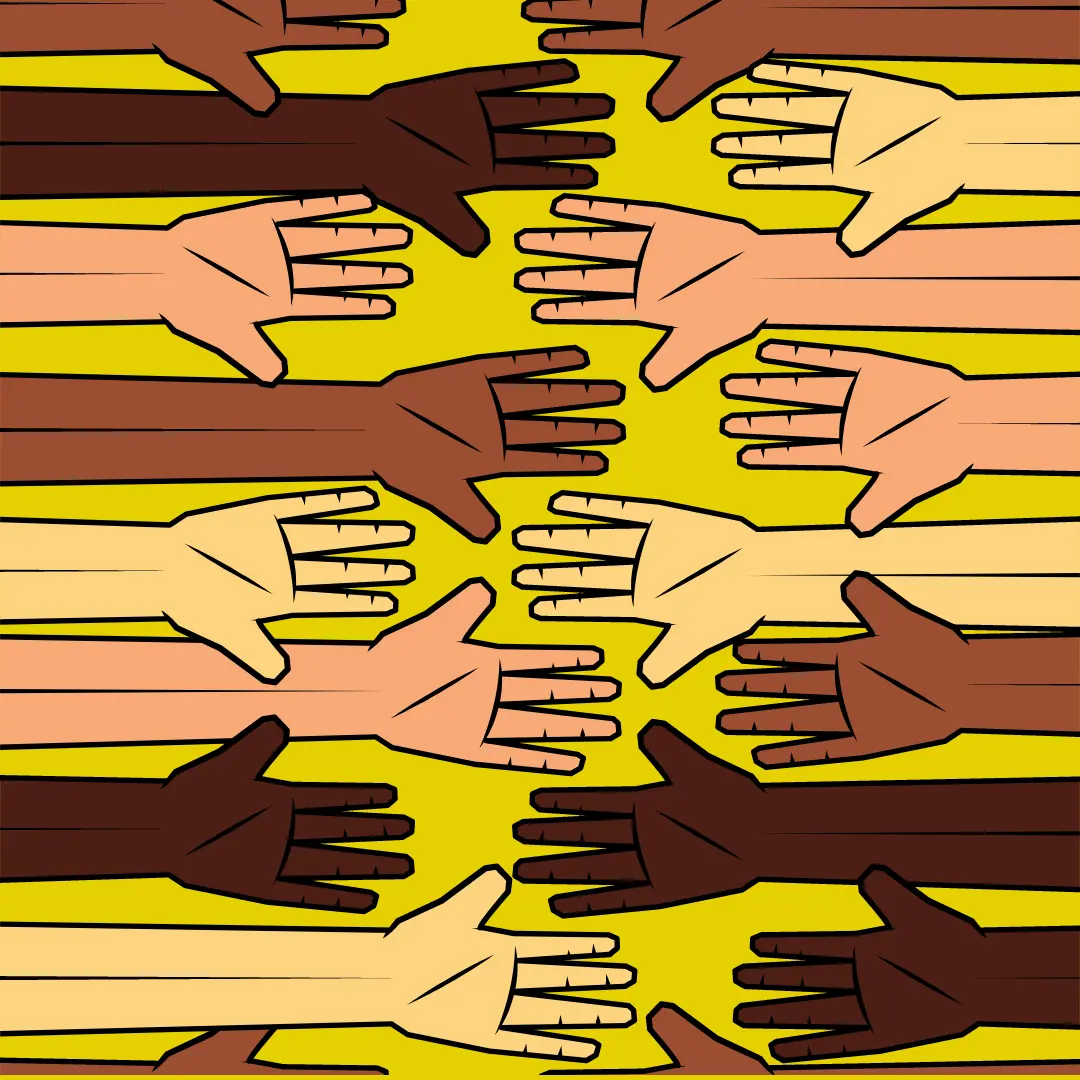1880: The Australian Colonial Sugar Refining Company (CSR) decided to begin operations in Fiji. The company went on to have a massively significant influence on the economic and political sphere of Fiji.
The collapse of the cotton price in the 1860s had led to the start of sugar production in Fiji. Prior to CSR’s arrival, European planters had relied on black birded workers from Vanuatu. CSR had both the capital and expertise to become a dominant force in the industry, the company went on to refine all of Fiji’s raw sugar. The desire to shield themselves from the fluctuations in the prices of raw sugar led to the decision to start the production of raw sugar and sugar cane plantations.
In May 1880, John Bates Thurston – Fiji’s Colonial Secretary persuaded CSR to extend their time in Fiji by making 2,000 acres (8 km²) of land available to establish plantations. By 1900, the company had three mills processing cane from 20,000 acres. They had employed around 4, 500 of Fiji’s indentured labourers and bought cane from the planters who had employed the rest of the labourers. The import of indentured Indian labour to work on sugar plantations owned by CSR set the tone for the subsequent development of the economy and politics in Fiji. (Chand, 2014).
The colonial government encouraged CSR to purchase their first mill in Nausori where sugarcane crushing started in 1882. Nausori was home to Fiji’s first large – scale mill and was also the first place in the country to have electricity; though the mill was closed in 1959 due to low sugar content in the cane. CSR’s second mill was in Rarawai, from 1886. The Viria mill was in operation from 1886 – 1895. The Penang Mill was built by the Chalmers brothers in 1880 and in 1896 it was sold to the Melbourne Trust Company though it closed in 1922. Eventually, CSR took over the Penang Mill. Other mills were established in Ba (1886), Labasa (1894), and Lautoka (1903). After the Nausori mill closed in 1959, CSR was only operating four mills: Lautoka, Rarawai, Labasa and Penang, these mills are presently still in operation and the Lautoka mill is presently the largest mill in Fiji.
Come 1870, a decline in supply of manpower from other Pacific Islands meant that the sugar industry in Fiji faced a shortage of plantation labour. The Governor of Fiji at the time – Sir Arthur Gordon was hesitant to interfere with the lifestyle of indigenous Fijians or their land, but a solution was needed. Gordon decided that it would be feasible to utilise Indian indentured labourers. The arrangement was that they would come under contract for an initial period of 5 years, at the end of which they would be entitled to full passage back to India or given the opportunity to stay in Fiji. (Ali & Narayan, 2019). The first ‘batch’ of Indian indentured labourers arrived in Fiji in 1879. The labourers were posted to work on the sugar plantations with the majority being run by the CSR. (Chand, 2014).
Working conditions on the plantations were severe: ‘labourers worked at least a nine-hour day to complete tasks which in law were supposed to take six hours…. Close to 10% of adult immigrants died within five years of arrival.’ To put it simply, the company’s profits were made by “placing an underpaid Indian at the receiving end of an Australian overseer’s whip or swagger stick.”
Because tasks were measured at the rate of the most productive workers, the average worker struggled to meet the standard. Planters prosecuted more than seventy percent of indentured Indian men and nearly thirty percent of indentured Indian women, between 1897 – 1907. The effects of this regime were apparent in public health outcomes, which far eclipsed conditions for indentured Indians elsewhere. The suicide rate, reached 80 per 100,000 Indo – Fijians in the early 1900s. This figure was eight times higher than Indian suicides recorded in British Guiana and twice as high as those recorded in Trinidad. (Narayan, 2021).
The indenture system ending meant that the sugar industry once again faced a labour shortage. Thus, CSR introduced a system of contract growing of cane by small tenant farmers. Tenants were given small parcels of land, averaging 11 acres, to produce cane and other subsistence crops. The smallholder system worked extremely well and remains the basis on which the agricultural sector of the industry is organized. While there is a move towards greater employment of hired labour, the small farm system continues to provide a considerable buffer during periods of low production and low sugar prices. (Ali & Narayan, 2019).
While it is impossible to deny the economic benefits that CSR brought to the country, they also had the power to reduce the sufferings of the Girmitya, but continually chose profit over respect for human life.
By Aaisha Khan
Global Indian Correspondent - OCEANIA
Read more about the indenture system in Fiji:
https://harvardlawreview.org/2021/03/the-agreement-and-the-girmitiya/
https://www.ejournals.eu/Studia-Historica-Gedanensia/2014/Tom-5-(2014)/art/3244/
Read more about the CSR:
https://pyrmonthistory.net.au/csr-in-fiji
https://archives.anu.edu.au/exhibitions/csr-company-limited-fiji
Read more about the Fiji Sugar industry:
https://openresearch-repository.anu.edu.au/bitstream/1885/158013/1/042_fiji.pdf
Pictures retrieved from:
https://archives.anu.edu.au/exhibitions/csr-company-limited-fiji
-------------------------------










